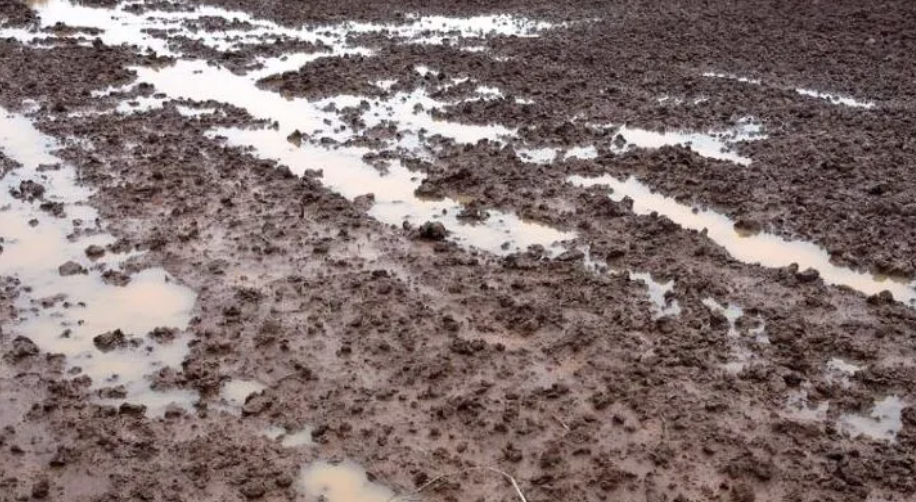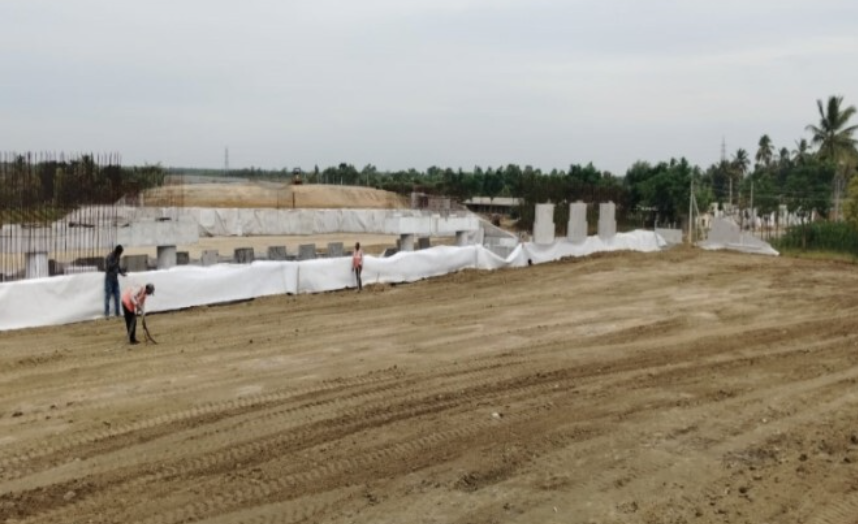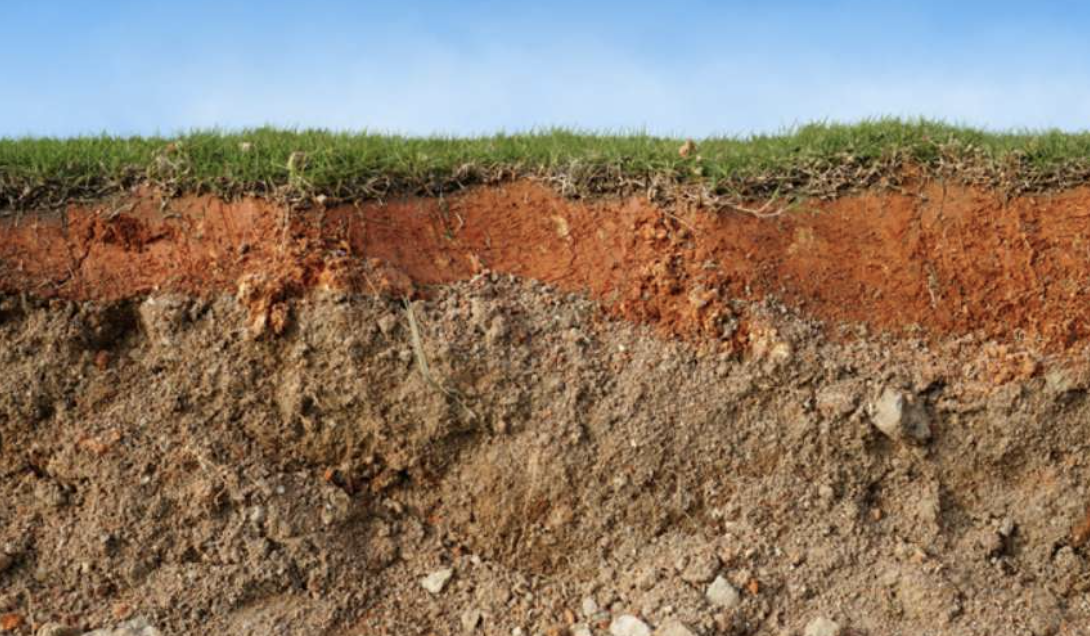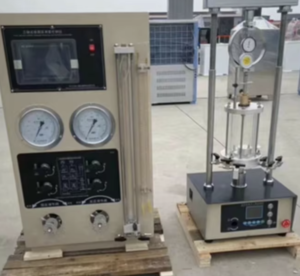Factors that Affect Soil Permeability
Soil permeability, or the rate at which water moves through soil, is critical in construction, agriculture, and environmental management. It directly impacts drainage, stability, and groundwater quality. Let’s explore the key factors that influence how easily water moves through soils.
What Role Does Particle Size Play?

Particle size dramatically impacts permeability1. Larger soil particles, like sand and gravel, have bigger pore spaces that facilitate faster water movement. Smaller particles, like clay, have tiny pores that significantly slow water flow.
| Soil Type | Particle Size Range | Permeability |
|---|---|---|
| Gravel | > 2 mm | Very high |
| Sand | 0.05–2 mm | High |
| Silt | 0.002–0.05 mm | Moderate |
| Clay | < 0.002 mm | Low |
Selecting soils with suitable particle size2s is essential for effective drainage3 or water containment.
How Does Soil Structure Influence Water Flow?

Soil structure4—the arrangement of soil particles into aggregates—also influences permeability. Well-structured soils have connected pores that allow smooth water flow, whereas poorly structured or compacted soils have restricted pathways, limiting permeability.
- Granular Structure5: Enhances permeability (common in topsoil).
- Blocky/Prismatic Structure: Moderate permeability (subsoil layers).
- Platy Structure6: Limits permeability due to horizontal layering.
| Structure Type | Permeability Impact |
|---|---|
| Granular | High |
| Blocky | Moderate |
| Platy | Low |
Proper soil management can significantly improve or maintain good soil structure, thus optimizing permeability.
Why Is Compaction a Game-Changer?

Compaction reduces permeability by compressing soil particles, closing off pore spaces, and hindering water movement. While compaction is beneficial for supporting structures like roads or foundations, excessive compaction7 can cause drainage problems, flooding, and structural damage.
| Compaction Level | Permeability Effect | Application Considerations |
|---|---|---|
| Low | Higher | Agricultural land, gardens |
| Moderate | Moderate | Balanced drainage/stability areas |
| High | Very Low | Foundations, roadbeds |
Understanding and managing compaction levels8 helps engineers strike a balance between structural strength and adequate drainage.
Do Moisture and Organic Matter Make a Difference?

Yes—moisture and organic matter significantly affect permeability. High moisture content can temporarily reduce permeability by saturating soil pores. Organic matter, on the other hand, improves soil structure, creating larger, stable pores and enhancing overall permeability.
| Factor | Influence on Permeability |
|---|---|
| Moisture | Variable; high saturation temporarily reduces permeability |
| Organic Matter | Usually increases permeability by stabilizing pore structure |
Adding organic material can effectively boost permeability, aiding drainage and improving soil health.
Conclusion
Particle size, soil structure, compaction, moisture, and organic matter all play vital roles in determining soil permeability. Understanding these factors allows engineers, agriculturists, and planners to effectively manage soil characteristics for optimal performance in construction, agriculture, and environmental sustainability.
-
Exploring the factors that influence permeability can help in selecting the right soil for construction and agricultural purposes. ↩
-
Understanding the relationship between particle size and permeability is crucial for effective soil management and drainage solutions. ↩
-
Learning about effective drainage practices can enhance soil management and prevent waterlogging in agricultural fields. ↩
-
Understanding soil structure is crucial for effective land management and improving water flow in agriculture. ↩
-
Exploring granular structure can help you enhance soil health and optimize water management in your garden or farm. ↩
-
Learning about platy structure can inform your soil management practices to prevent water drainage issues. ↩
-
This link will provide insights into the negative impacts of excessive compaction, crucial for effective land management. ↩
-
Understanding compaction levels is vital for engineers to ensure both stability and drainage in construction projects. ↩








